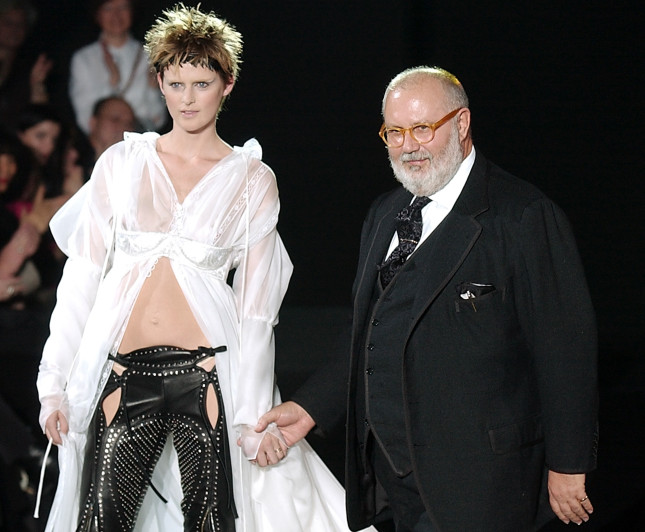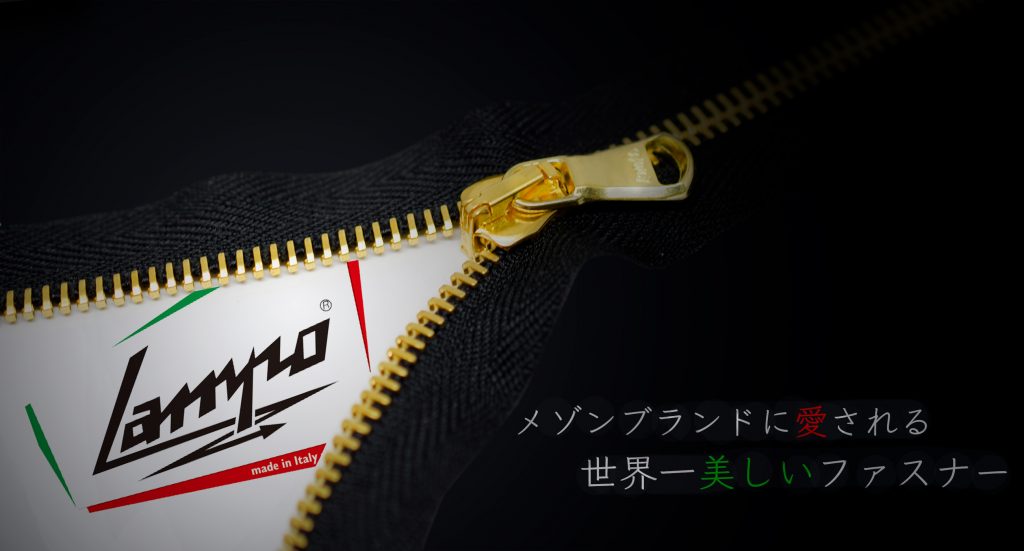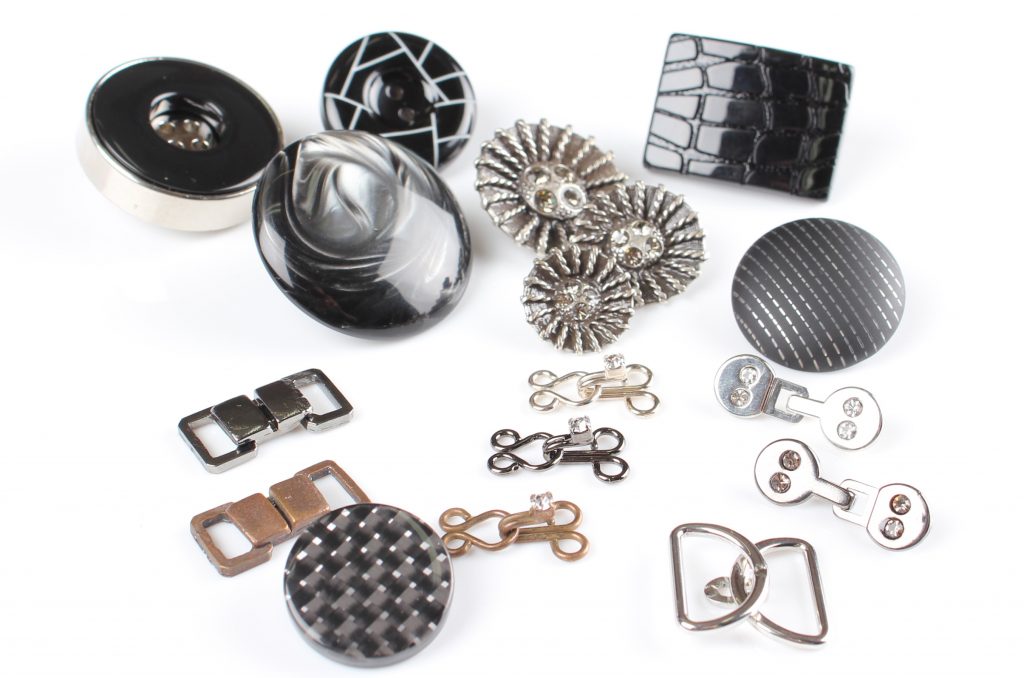Luxury Italian trims: Why they are so popular
When talking about little details like trims, people can feel a sense of high end brand if they know they are an Italian brand. The history of Italian clothing has a lot to do with it. One of the reasons why we love Italian clothing trims is because Italy has many excellent trims manufacturers.
Italy- A factory in Europe
Italy was a collection of city-states until the middle of the 19th century, and the country of Italy did not exist.
Because of its lack of national power and the late start of the industrial revolution in the 20th century, Italy was a backward country in Europe, lagging behind civilizationally advanced countries such as France and the United Kingdom.
On the other hand, in England, the Industrial Revolution began in the mid-18th century, and clothing became more efficient as well.
The over-decorated clothing worn by the aristocracy until now was replaced by suits that were easy to move in and were derived from military uniforms.
The demand for suits exploded as some ordinary people became wealthy.
However, because suits at that time were custom-made and made by hand, there were not enough craftsmen to meet the demand, and there was an excess of demand.

At that time, Italy was the place to look.
As many artists flourished in Italy during the Renaissance, the country had many craftsmen who were skilled with their hands, and handicrafts thrived there.
It also had a background of being a factory in England for many years because wages were lower than in England. This is why the number of accessory and trims factories began to increase and exploded after the Italian Industrial Revolution at the beginning of the 20th century.
From a Factory to a Fashion Powerhouse
It was after the end of World War II that Italy became a fashion powerhouse on par with England and France.
After the postwar reconstruction, the fusion of glamorous artistic culture and craftsmanship (Artigiano) created a unique fashion style.
In particular, the emergence of 3G (Armani, Versace, Gianfranco Fillet) in the 1970s brought Italian fashion to the world’s attention.
On the other hand, mass production factories moved to countries with lower wages, such as Romania and Portugal.
Italian factories therefore shifted their focus to quality over quantity.
The same was true for accessories, which were produced in a way that was comparable to those used for luxury brand clothing.

Image Credit:unaDONNA、LATITUDES Life

Image Credit:Celeb Extra

Image Credit:ELLE girl
3. Italian zippers and buttons that available at ApparelX
LAMPO
Lampo Zipper is a high-end zipper manufacturer, known as the most beautiful zipper in the world.
SUPER LAMPO, the highest quality line, is used by many luxury brands including CHANEL.

GAFFORELLI
GAFFORELLI has been supplying accessories to luxury brands for more than 40 years.
The company offers beautiful buttons and hooks of its own design.
The company also offers flexible custom-made products and has supplied trims to Dior.

UBIC
UBIC is a long-established Italian button manufacturer located in Turin, Piedmont, Italy. With its reliable technology and Italian-style coloring (dyeing), the company has many fans among famous men’s and women’s brands in Europe and the United States.

Conclusion
As described above, the history of the Italian clothing industry is deeply related to neighboring
Today, Italy is one of the world’s three major fashion centers, and has several sewing factories that cater to luxury brands.
If you are looking for more luxury best quality trims for your garments, please check out ApparelX’s product list.


We provide apparel materials and fabrics from Japan to the world on Global B2B Apparel Sourcing Platform “ApparelX“.
This website provides information on apparel materials and the apparel industry in Japan.
- How to purchase WALDES® Zippers
- Kamishiraishi ✨ Handcrafted by Japanese Artisans – Brass Hardware Buckle
- NIFCO Buckles & Accessories Collection – Mountain-Style Outdoor Fashion
- Did You Know? How to Read the Waldes Asahi Zipper Color Card
-
【 WALDES 】 Gaining Popularity in Korea!
Let’s Learn About WALDES Zippers (Asahi Zipper)

